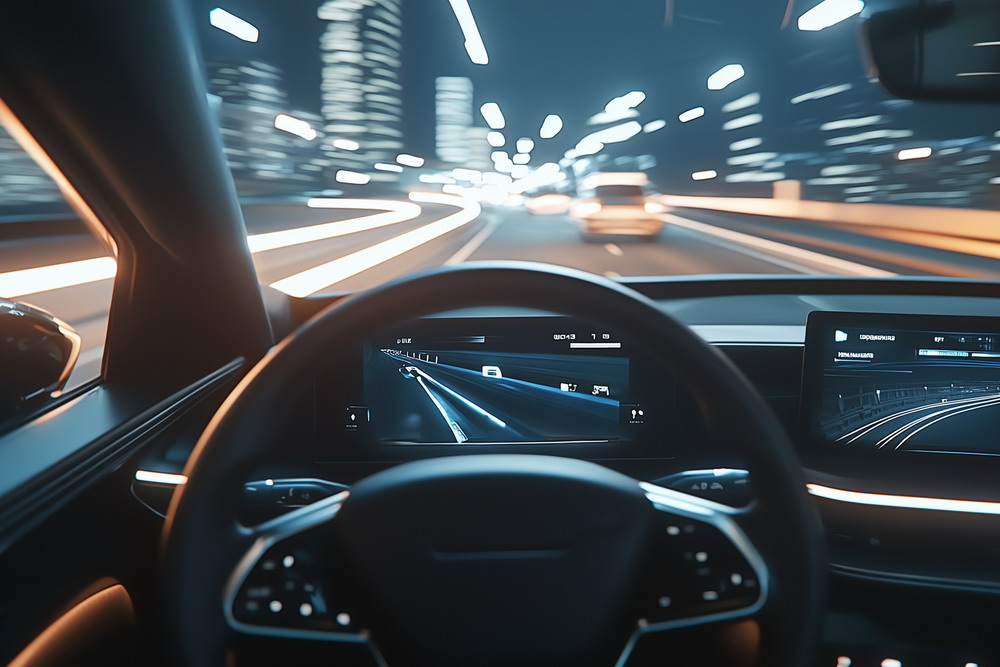
Urban migration intensifies yearly, compelling cities to reimagine transportation infrastructure straining under surging usage. Traffic congestion now costs the U.S. billions of dollars annually from delayed commutes and wasted fuel. Urban living also concentrates environmental impacts, with transportation producing nearly a third of greenhouse emissions within city limits. As population density multiplies, cities require fresh mobility strategies optimizing flow while minimizing ecological footprints. Connected IoT technology promises smarter traffic and lighting solutions to progress urban mobility into a sustainable future.
The Downsides of Urban Density
The UN forecasts 2.5 billion more residents in cities by 2050. Yet antiquated grids buckle even under current influxes. Even as lengthy commutes constrain economic output, overcrowded metros must sustain environmental integrity and inclusion. Equity in accessibility, affordability, and air quality regardless of income ensures livable conditions for all. Here, intelligent systems coordinating previously disjointed infrastructure elements provide cities with a potent congestion mitigation tool.
Enabling Smarter Mobility Through Connectivity
IoT for traffic and lighting weaves isolated transit components like signals, lanes, and lampposts into a cohesive mobility mesh. The people at Blues IoT explain that internet-connected sensors feed real-time traffic pattern data into adaptive signal switching algorithms. Traffic command centers harness insights to remotely configure routes, tailoring green/red cycles to evolving conditions for smoother flows. Signals also sniff car exhaust to curb pollution peaks through temporary speed reductions or detours.
Sensor-embedded pavement analyzes usage across lanes to combat uneven wear-and-tear, which limits road lifespans. Cameras counting vehicles approaching intersections help transit managers allocate correct turn lane widths to prevent bottlenecking. Parking sensors guide navigating drivers to available spots faster by illuminating occupied stalls in red.
Intelligent lighting subsequently layers environmental efficiency gains over mobility improvements. Connected LEDs allow remote brightness tuning responsive to ambient conditions. Dimming lights during low traffic periods helps to slash illumination costs and emissions. Savings compound as robust connectivity enables proactive maintenance from network managers spotting struggling bulbs before outage.
Overcoming Implementation Obstacles
While the promise of integrated mobility IoT shines bright, hurdles remain before cities realize the full vision. Observation equipment spans fragmented agencies today, hindering data fusion essential for responsiveness. Traffic units manage street signals and cameras, while separate bureaus oversee parking, and utilities operate street lighting. Breaking organizational silos poses a political challenge that complicates execution.
Cybersecurity threats also loom large as hijacked connectivity cripples entire transportation grids. Outdated legacy technology compounds risks without modern system protections and redundancies. Transitioning to centralized command infrastructure requires phased integration coupled with extensive penetration testing and access control protections against potential intrusions by bad actors.
Toward Livable Cities of the Future
Early implementations confirm IoT’s potential for alleviating urban strain through integrated mobility management. Synchronizing previously fragmented transport strata into a unified smart ecosystem means cities set foundations to sustain quality living standards as populations multiply against land scarcity.
Architected properly, mobility infrastructure should flex to fulfill a spectrum of community needs beyond just traffic. As neighborhood epicenters, roadways serve social, commercial, and recreational functions vital for growth. Integrated IoT frameworks allow cities to model versatility by tweaking environments responding to usage patterns in real-time. For example, algorithms can widen sidewalks on market days for merchant kiosks and pedestrian shopping, then slim them to enable street performances on evenings or weekends per event schedules.
Conclusion
Urban mobility challenges will only compound as metros welcome millions more into confined bounds over the coming decades. While mobility and density often conflict, IoT integration liberates roads, lights, and accompanying infrastructure from silos into collaborative networks. Connected technologies keep people and priorities moving even at peak saturation. With adaptable IoT capabilities optimizing existing assets, cities can sustain mobility, equity, and sustainability as magnets attracting future growth rather than impediments reviling it.







